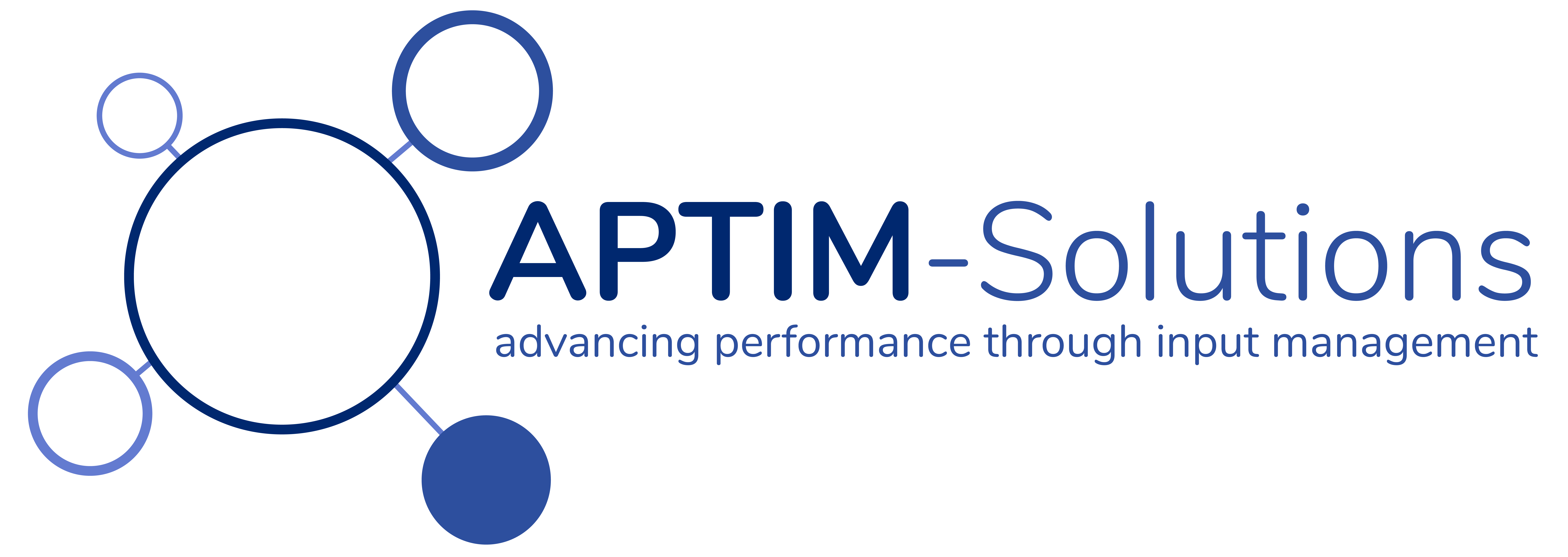Technology, as a subject, is ‘as broad as its long’ covering everything from data and its analytics, AI and machine learning, 3 and 4d printing, augmented and virtual reality, edge and quantum computing, distributed ledger technologies, the Internet of Things, to robotics, drones, automated vehicles as well as bioscience, molecular engineering and nanotechnology and it doesn’t stop there, type in any form of technology and the results are quite staggering.
At APTIM-Solutions we routinely track and research 40+ primary forces across 6 dimensions using our AI enabled digital intelligence platform, Bloodhound. Technology is one of these dimensions and we focus on 19 key primary forces. Stand-alone, any one of these forces is impressive. However, the convergence, intersections and collisions between them and the other dimensional forces create highly disruptive movements.
Tectonic shifts that once took 100 years are now routinely taking 20 years or less and these timeframes continue to shorten. It took the telephone around 80 years to reach half of all US households; the Smartphone took about 6 years to achieve the same.
The late, futurist Ray Kurzweil developed his concept of the “law of accelerating returns” where with each passing decade the pace of technological change roughly doubles. Kurzweil says these “paradigm shifts” create “technological change so rapid and profound it represents a rupture in the fabric of human history.” The speed of change can at times be startling, take the current Covid-19 pandemic and the way that robotics in helppng hospitals[1], supporting social care[2] or policing[3] the streets. Then there is biotechnology, molecular and bio engineering combined with machine learning that has been mobilised to wage war on the virus.
Whilst there are growing, and not to be underestimated challenges and concerns with technology, such as cybersecurity, privacy, ownership of data, inequality and the automation of jobs, its march is unrelenting and ever accelerating. And it is hard to imagine another period of human evolution where so many technological advancements have emerged to accelerate us towards our disruptive future.
Three years ago, in 2017, the World Economic Forum surveyed 800 executives and experts to see what they thought the key technologies that would reach their tipping points by 2030 were. Seven key forces were identified: robotics will gain further ground in both blue- and white-collar jobs. The use of ‘connected’ sensors will expand including in roads and paths to the clothing we wear. It is estimated there could be as many as 1 trillion sensors connected to the internet by 2022. 3D printing will revolutionise many industries, even medicine, where it has already replaced part of a ribcage and by 2025 it could be being used in organ transplants. 67% of the respondents thought that car sharing would overtake private ownership by 2026. Also, in 2026, experts believe that AI will join corporate boards. 79% of the respondents thought that the use of the internet would become a basic right by 2024. Furthermore, phones in 2024 would be capable of being implanted, according to 80% of the respondents.
Cisco in its 2018-2023 annual internet report estimated that internet users would grow by 1.4bn between 2018 and 2023 (3.9bn users in 2018) and there will be 29.3bn (2018 18.4bn) connected internet devices. In their 2020 Global Networking Report stated that mobile traffic will increase by 42% in the 5 years to 2022 and virtual and augmented reality traffic across the internet will expand 12-fold. That’s just for starters.
Whether we agree with the timings of these changes is not important, what is, is that directionally the movement is inexorable and that there are firms and institutions working on all these disruptive technologies today.
Take the digital world becoming increasingly blended with the real world, for instance Microsoft’s Hollow Lens, or helmets for fireman[4] that provide real-time instructions, information and smart sensor data. Predictive AI is helping to make healthcare diagnoses[5] and suggesting appropriate treatments. Brain Robotics is a company working on bringing the costs of prosthetic limbs down from $50k to just $5k[6], as well as reducing the time required in medical consultations, by using machine learning, sensors and 3D printing.
By 2050 hyperloop travel[7][8][9] for both people and goods could be a common sight. Drones, in all walks of life from parcel deliveries, agriculture and aid relief will be the norm. Sensing and intelligent automation will run our homes and supply chains. No part of our world will be left untouched by a technological revolution.
There are many examples of technology companies disrupting traditional industries and incumbents, just look at Amazon, Uber, AirBnB and Netflix. Yet even these now seem ‘old hat’. From our own research, the scale, depth and breadth of new and emerging technology challengers is breath-taking. All areas of the economy be they private or public, manufacturing or services, blue- or white-collar workers will be impacted, and no sector is immune. The world of work is going to be disrupted beyond measure.
Not only is technology re-defining industries, but it’s becoming ‘smart’, reinventing work (including the white-collar and creative sectors). Be that through the increase in home working, the growth of the knowledge worker, automation, robotics and AI displacing human work all of which will be accelerated by Covid-19 (pandemics being another of our primary forces) or, revolutionising behaviours, empowering customers, creating prosumers[10] (producer consumers), and changing the very fabric of the world we build and live in. Both preventative and reactive healthcare is being re-imagined, through such things as wearables, health apps, clothing and augmented sensing[11].
Technology is also challenging companies to consider the big principles of purpose, ethics, security and trust in a more profound way. Social media has shown that it takes years to build a brand, but that reputation can be lost in a matter of days.
Technology will continue disrupting enterprises of all colours and hues, leaving executives and managers scrambling to find the fix or next big thing that will allow it to compete for a share of the future. Not thinking about and building for the disruptive future today will consign businesses to play a very costly catch-up game or at worst head for the scrapheap.
However, a cautionary note, it’s not just about the technology it’s also about the enterprise architecture and the organisational changes that are required to leverage and take advantage of it. At the heart of disruption are people and the organisational dynamics that will need to change. Without which it is unlikely that an organisation will fully harness the power of technology. For us, we believe the enterprise culture is one that needs to be clear about its purpose, more agile, risk tolerant, collaborative and experimental. It needs to be bold and work back from the future to define the right approach and fully understand the waves of growth not just in the next 2 or 3 years but the next 10, 15,20 years.
[4] https://www.cnet.com/news/how-5g-can-save-lives-by-aiding-first-responders/
[6] https://www.youtube.com/watch?v=u3CKgS6BzP4
[7] https://www.nytimes.com/2019/02/18/technology/hyperloop-virgin-vacuum-tubes.html
[8] https://hyperloop-one.com/
[10] https://www.sciencedirect.com/science/article/pii/S0301421519305713
[11] https://www.youtube.com/watch?v=zpGujcLRHNw

